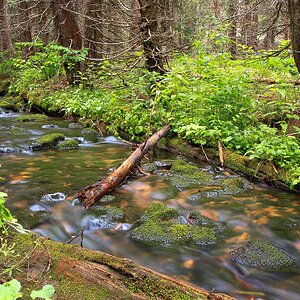iLOVEhatephoto.com
TPF Noob!
- Joined
- Sep 22, 2014
- Messages
- 34
- Reaction score
- 3
- Location
- toronto
- Can others edit my Photos
- Photos NOT OK to edit
Oh, by the way--ALWAYS drive in second gear, between 1,500 RPM and as high as,oh, around 7,500 RPM....you get a LOT MORE TORQUE that way, you know, in second gear!!! Whatever the speed, ALWAYS drive in second gear!
Truth be told, 2nd gear really is a lot of fun. ;-)
ha ah



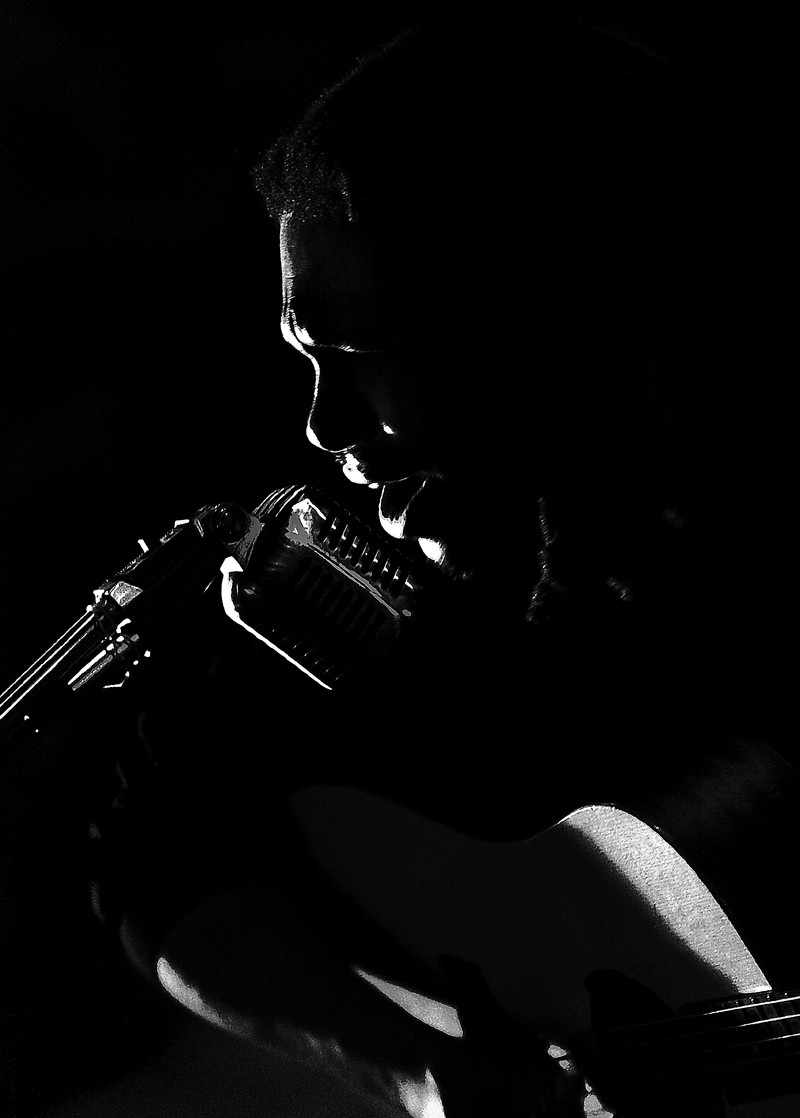

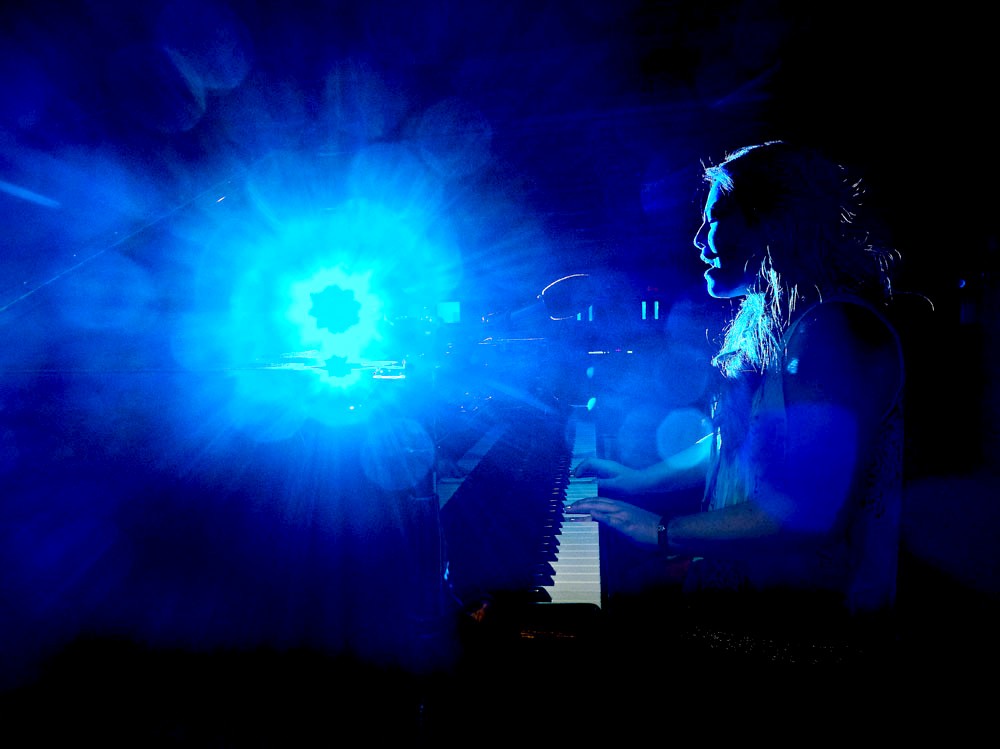
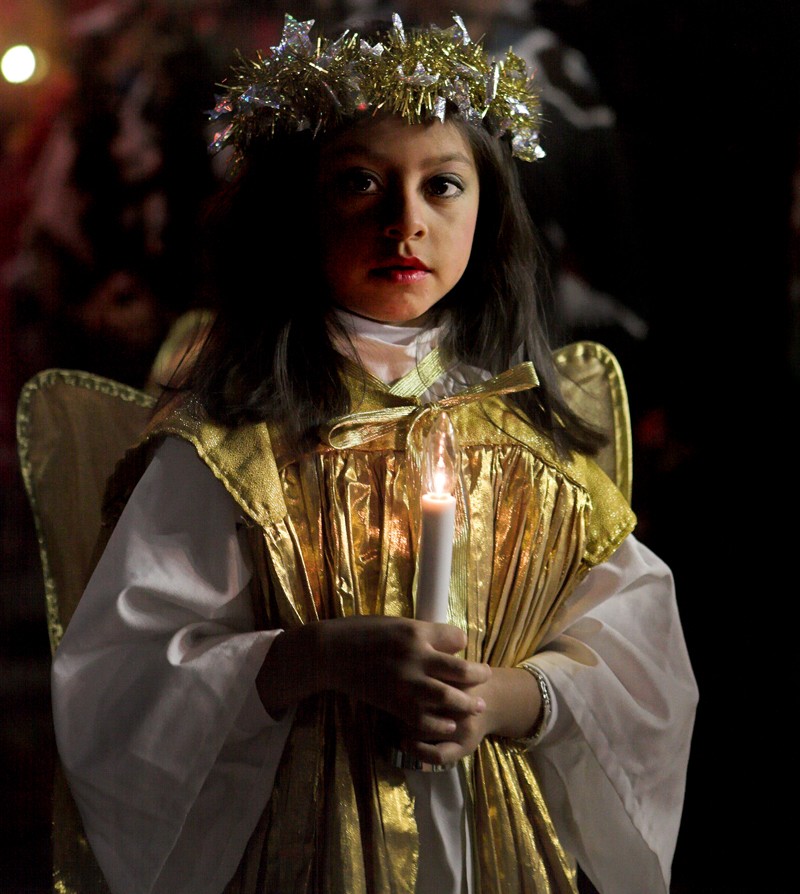

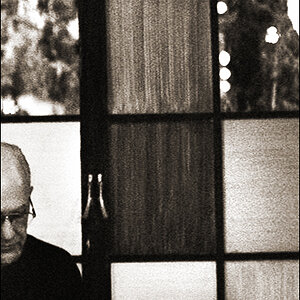
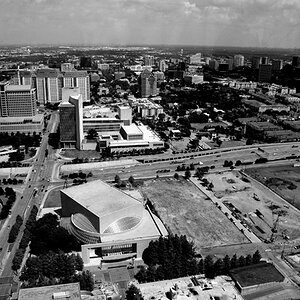
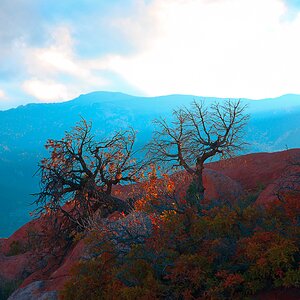

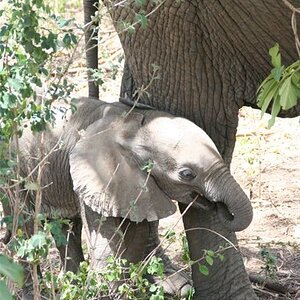
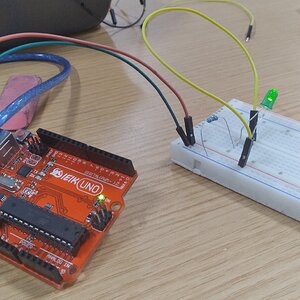
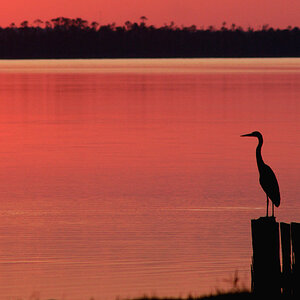
![[No title]](/data/xfmg/thumbnail/30/30889-6a35eb14fac2d7d837d49a6a1757d874.jpg?1619734500)
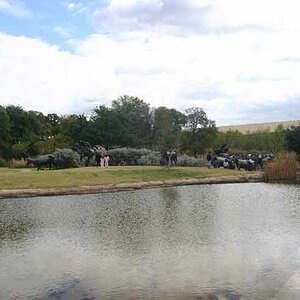
![[No title]](/data/xfmg/thumbnail/32/32162-dd2cfb373402c59de9c6f13cee73b0fb.jpg?1619735234)
![[No title]](/data/xfmg/thumbnail/35/35866-da1619f1c62d0897e43c22a31ae36ad2.jpg?1619737193)
